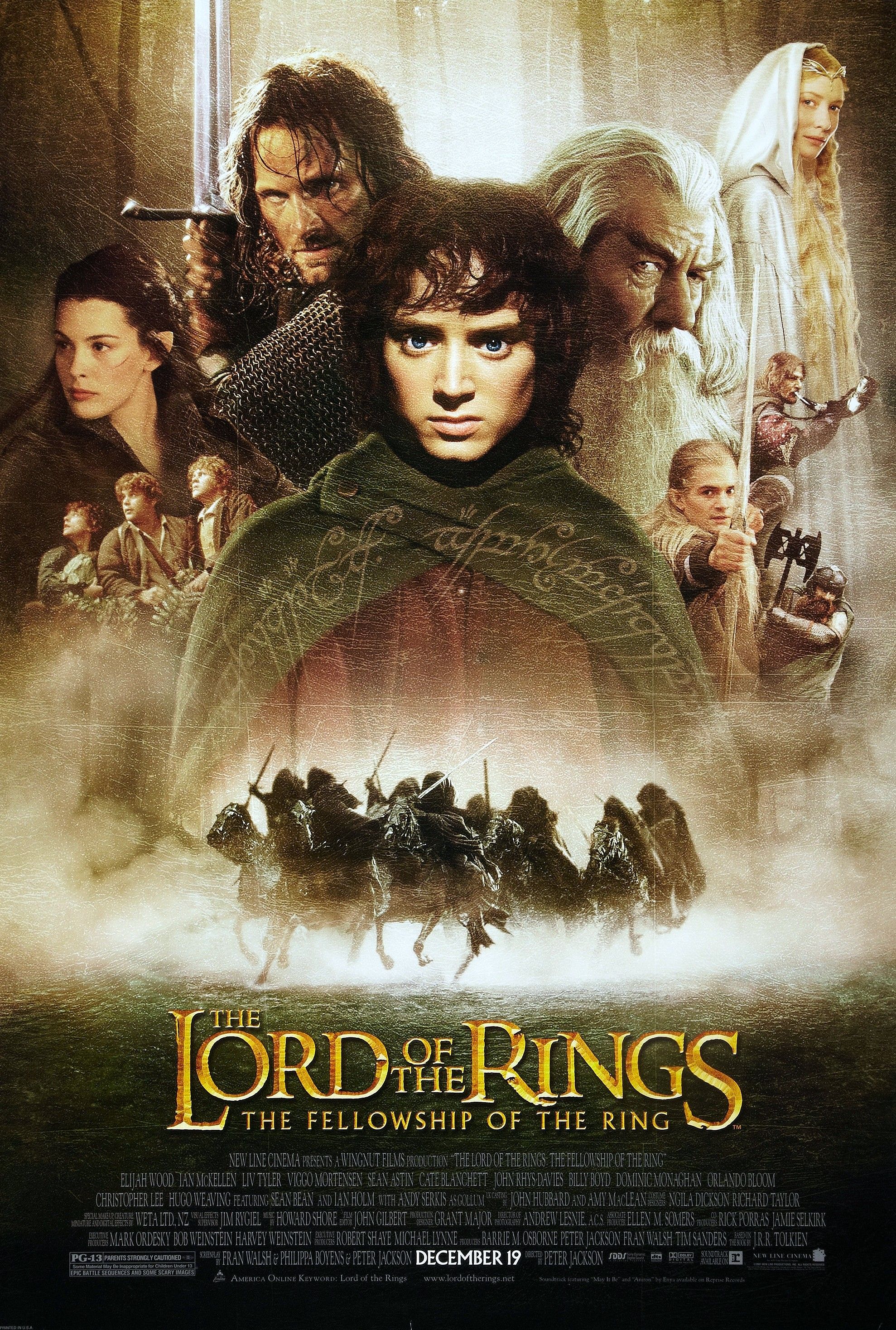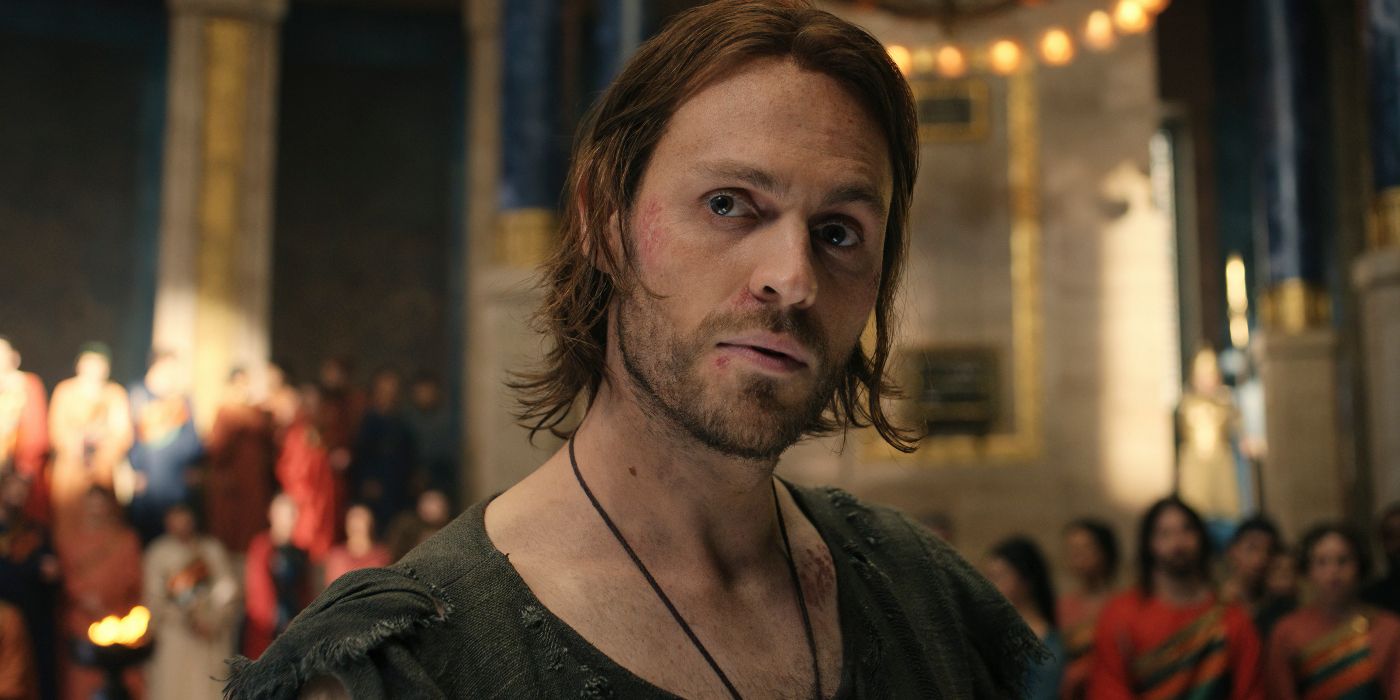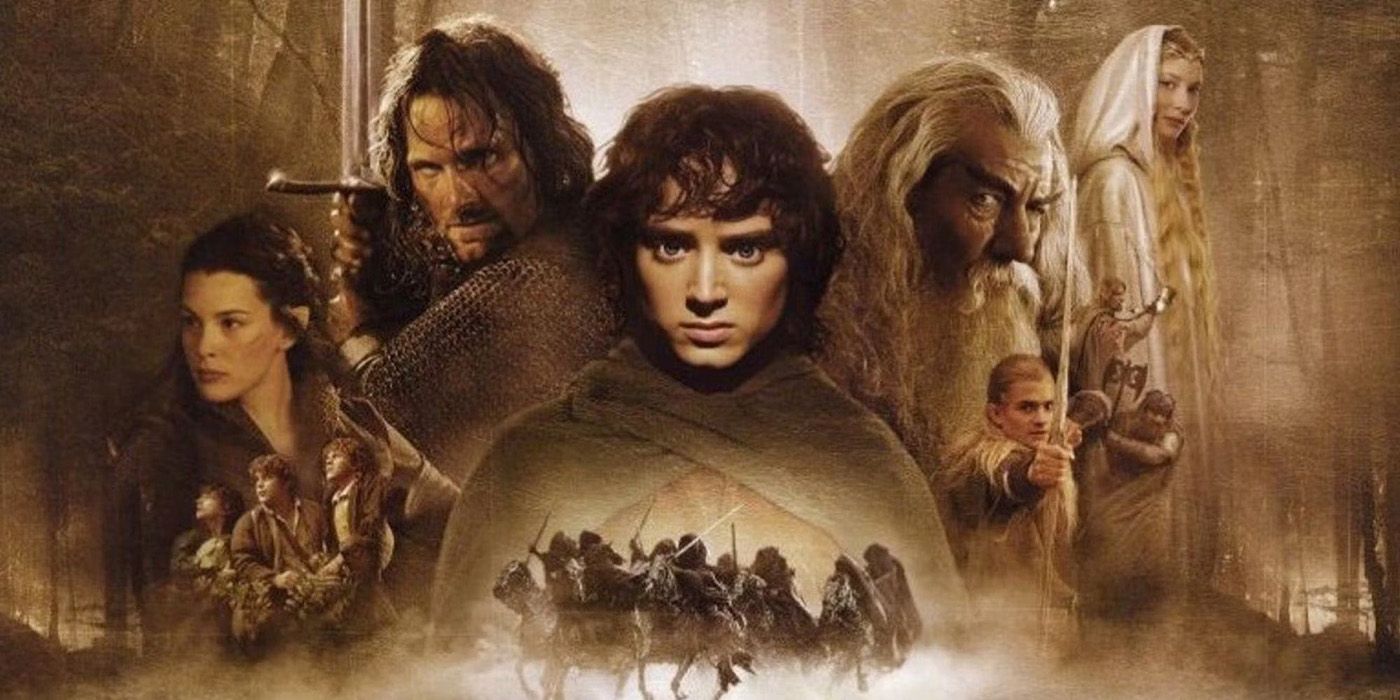The Big Picture
- With the exception of The Rings of Power, The Lord of the Rings franchise focuses on a narrow time frame within Middle-earth's history.
- Keeping the franchise centered on the same era risks continuity issues and limits new storytelling opportunities.
- The franchise has vast unexplored material, including earlier ages, offering unique stories beyond the current narrative.
The Lord of the Rings is a beloved franchise, growing slowly but steadily since the release of the first film in 2001, and continues to do so with its animated debut The Lord of the Rings: War of the Rohirrim, set for later this year. Yet even that is not the end, as the franchise recently announced a new live-action film, The Lord of the Rings: The Hunt for Gollum, which will be followed by more. While returning to the world is exciting, the Gollum-centric film highlights a problem for the franchise. The Lord of the Rings is too focused on a single story. Middle-earth is an expansive world with hundreds of years of history, but the franchise focuses on a small portion of that history. Worse, it is largely a continuation of a single story.
There is nothing wrong with the time period the franchise has chosen to explore, yet it is long past time to venture out of it. There are thousands of years laid out in J. R. R. Tolkien's writings, and the franchise is doing itself a disservice by ignoring so much of it. Middle-earth could be the backdrop for any number of stories, yet it centers on the destruction of the One Ring at the expense of the rest of the lore. With thousands of unexplored years, the many different races in the world, and a wide variety of civilizations, there's no end to what the franchise could do, yet it is stuck in a single, short time frame. As it continues to grow, The Lord of the Rings franchise needs to expand into the vast history Middle-earth provides.

The Lord of the Rings: The Fellowship of the Ring
A meek Hobbit from the Shire and eight companions set out on a journey to destroy the powerful One Ring and save Middle-earth from the Dark Lord Sauron.
- Release Date
- December 19, 2001
- Director
- Peter Jackson
- Cast
- Elijah Wood , Ian McKellen , Orlando Bloom , Sean Bean , Alan Howard , Sean Astin , Andy Serkis , Viggo Mortensen
- Runtime
- 178 minutes
- Main Genre
- Adventure
The Lord of the Rings Franchise Largely Centers on a Single Era
The Hobbit trilogy and The Lord of the Rings films are deeply interconnected. While The Lord of the Rings shows Frodo (Elijah Wood) and the Fellowship’s mission to destroy the One Ring, The Hobbit is a prequel that explains how Bilbo (Martin Freeman) got the Ring in the first place. With only a few decades separating them, they are a continuation of the same story, with many key characters overlapping. Though little is known about Hunt for Gollum, it seems this story will fall between the two, still well within the narrow time frame the franchise is intent on. Though these are all stories worth telling, they take place within the Third Age, exploring roughly 80 of the 3000 years in that era.
Even the upcoming War of the Rohirrim is roughly 250 years before the events of The Hobbit. Though this gives it a little distance from the others, it is still close when considering the scope of the fantasy world. The biggest exception to this issue is The Lord of the Rings: The Rings of Power, which goes back to the Second Age, depicting the creation of the rings and much more. Though it certainly has its issues, at least the series is unique. That's largely due to the fact that The Rings of Power is a Prime Video series based on certain pieces of Tolkien’s writings, as per their deal with his estate. Though there are familiar characters and elements in the story, the series has no direct connection to the films and is loosely part of the franchise because they share source material.

Sauron's Sporting a New Look in ‘The Lord of the Rings: The Rings of Power’ Season 2 Poster
The series returns to Prime Video this summer.The Close Settings Threaten Lord of the Rings' Continuity
Though the end of the Third Age of Middle-earth is an eventful time, The Lord of the Rings keeping the story so close together opens the door to disaster. Thanks to Tolkien, the story is mostly foolproof, featuring explanations for all the perceived plot holes, even if they don't make it into the films. But the more the films explore the same time period, the more likely they are to contradict each other. Whether through the progression of the plot or when characters meet, such expansion can create issues. Continuity is important for any franchise, and more films with the same setting threaten that. More than 20 years after the first installment, most of the familiar characters will need recasting if they are to appear again, which is not always smooth. Though there are immortal characters who could create this problem in almost any expansion, it is particularly evident when the films are set just a few years apart. Introducing more variety in the setting would protect the franchise from continuity errors.
The Lord of the Rings franchise has also tried to connect its stories too closely in the past. The Hobbit is already closely related to The Lord of the Rings, with Bilbo being Frodo's uncle, Gandalf (Ian McKellen) appearing in both, and the Ring itself found and taken to the Shire, yet the films went further, adding Legolas (Orlando Bloom) into the story (and drastically changing his character to fit the plot). Creating a love triangle of sorts that was unnecessary for the film, The Hobbit's inclusion of Legolas is an odd choice that simply doesn't work, and was clearly a ploy to pull in fans of the original trilogy. Venturing to a new time frame would help prevent something like this from happening again. While there is likely to be an appearance from Gandalf, Saruman (Christopher Lee), Elrond (Hugo Weaving), or the like, it would be thousands of years before the events of the previous films, so they would be very different, excusing a few inconsistencies.
The Lord of the Rings Has Plenty To Expand
With thousands of years and unexplored Ages, The Lord of the Rings has so much space to expand, but it isn't taking advantage of it. Tolkien established the creation of the world and many conflicts that led to the rise of familiar nations in great detail. He even created legends within Middle-earth that would make fascinating stories. Not only does most of Middle-earth's Third Age have yet to appear on screens, but there are two earlier ages, thousands of years each, that offer unique stories with just as much danger of Sauron's return. The rich material the franchise is based on gives thousands of things to explore, whether it's the origins of the Shire or the history of the mysterious Ents. Such stories would have obvious connections to the current films while providing much-needed variety in setting and characters.
There is simply too much material in Middle-earth not to expand, and the franchise is doing that. Yet Hunt for Gollum remains in the same time period and even follows a familiar character — granted, an admittedly fascinating one — from the previous films. The Lord of the Rings is not done expanding, so hopefully, there will be more variation in the story because the constant repetitiveness unnecessarily limits the franchise. Fans have long known how the story of Sauron and the One Ring ends, but there are many other villains in Middle-earth. It is long past time for The Lord of the Rings to explore the vast history Middle-earth provides.
The Lord of the Rings trilogy is available to stream on Max in the U.S.

